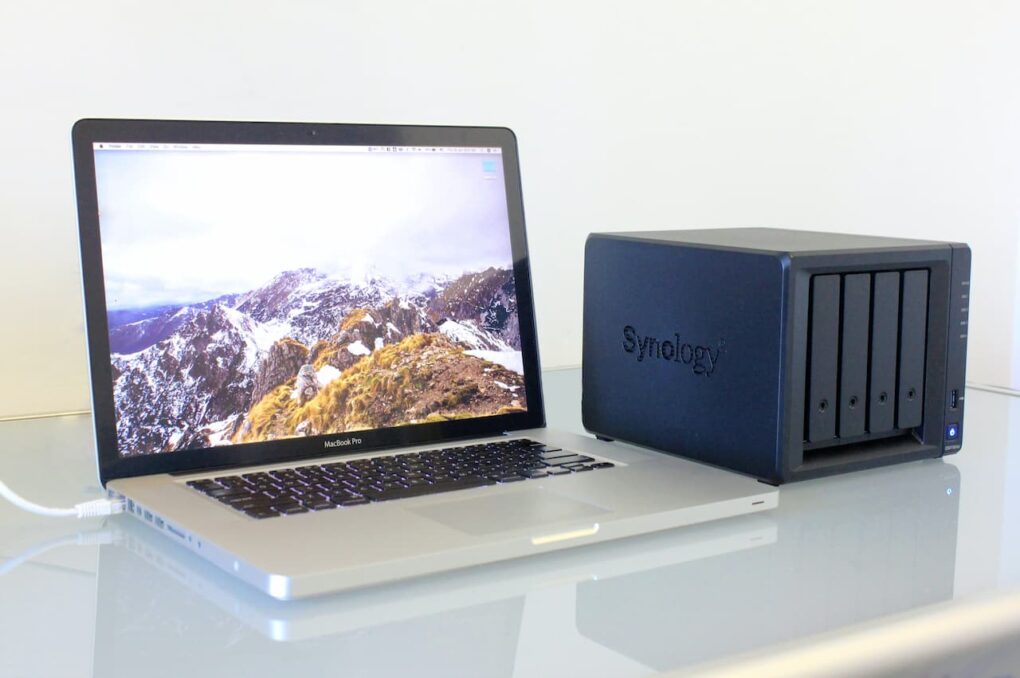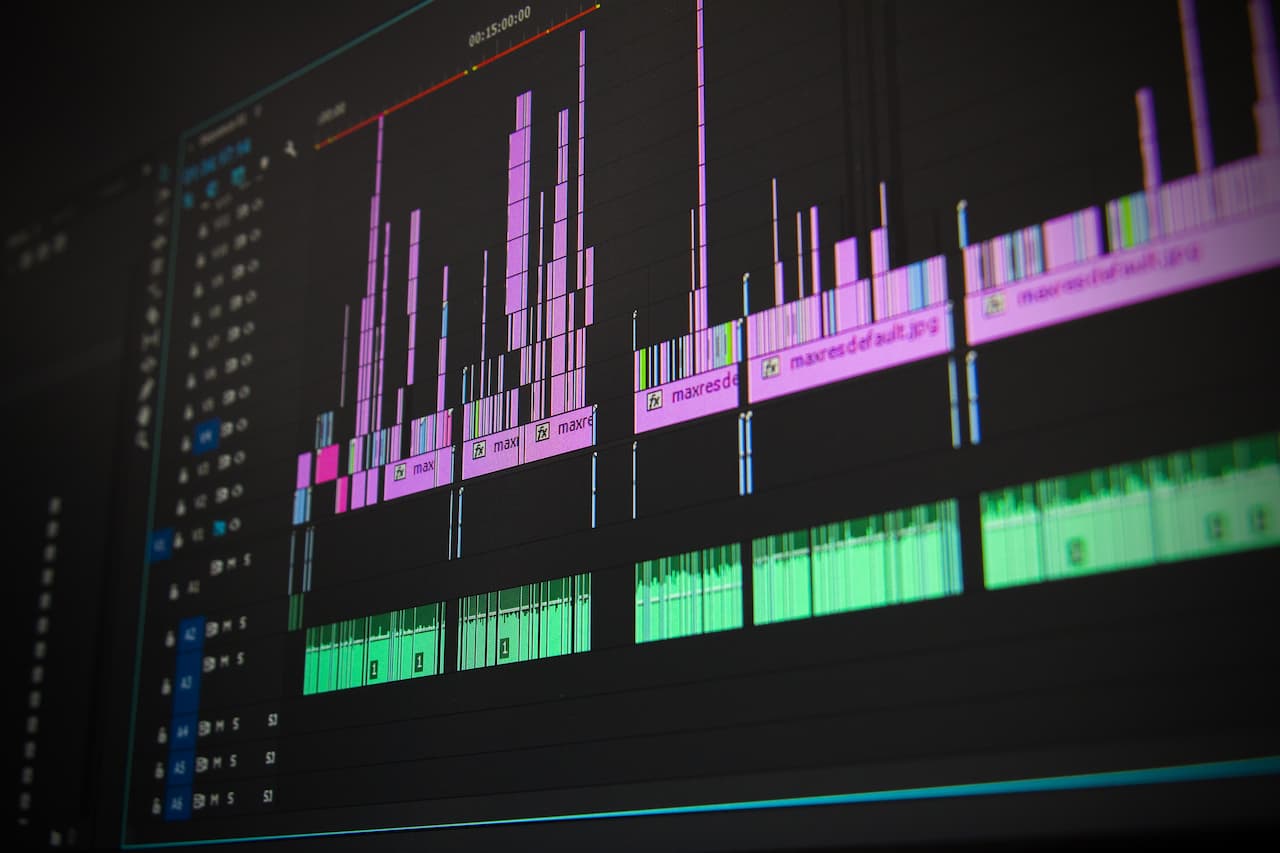In the age of digital technology, transferring data over Wi-Fi is becoming increasingly popular. With the availability of fast internet connections, it is now possible to access data from anywhere in the world. It is also becoming increasingly common for people to store data on their NAS (Network Attached Storage) devices. Whether you’re editing from various locations around the house or plugging into a UHD panel in your office, there are plenty of options for managing your projects.
There are many advantages to accessing data over Wi-Fi. To start, it is incredibly convenient, as it allows you to access your data from anywhere that has a Wi-Fi connection. This means that you can access your data no matter where you are. In addition, accessing data over Wi-Fi is faster than other methods, such as using a USB drive or an external hard drive.
Hardware

There are some downsides to accessing data over Wi-Fi as well. To start, you need to have a good router in order for the data transfer to be successful. In addition, the speed of the Wi-Fi connection will depend on the strength of the signal, so you may experience slow transfer speeds depending on where you are located. Finally, the speed of your NAS drives will also limit how quickly you can access and transfer data. Another issue with accessing data over Wi-Fi is that it can be vulnerable to interference. This means that the network can slow down the data transfer. This is especially true if you are in an area with a lot of other Wi-Fi networks, such as an apartment complex or a busy office building.
Moving To A Multi-Computer Setup

If you’re looking for an even more efficient setup, you may want to consider moving to a multi-computer setup. This setup would involve buying a Mac Mini for the office and using a Network Attached Storage (NAS) to store the project database and source footage. The challenge with this setup is that your laptop would be accessing the footage, which could be up to 300Mbps Long-GOP, from the NAS over WIFI. So the question is, is WIFI fast enough for editing video like this?
Editing 4K 300Mbps footage stored on a NAS WIFI is no small task. Transferring large files over wifi can be incredibly slow and unreliable. If you’re dealing with 4K 300Mps footage, it’s not likely that you’ll be able to edit it over WIFI. The technology just isn’t quite mature yet.
The best option is to transfer the files to a local drive. Accessing the data over Wi-Fi and transferring it to an SSD (Solid State Drive) for editing is a great way to make sure you are able to make the most of your data.
Use Proxies Whenever Possible

The alternative to working with NAS is to upload your media to cloud storage, or another server. For this reason the traditional approach to editing is to create a low resolution proxy of the footage to work with, as opposed to native files. Proxy files, or proxies, are low resolution, offline copies of your media files. Using proxies conserves bandwidth and makes working with sizes like 4K, 6K, and even 8K footage.
Creating Proxies
You can create proxies with Adobe Premiere Pro, Final Cut Pro, or you can batch export compressed clips in DaVinci Resolve. Creating proxies in any software can take a while depending on how much media you have to transcode, how long the duration of the footage is, and how much compression you’re putting on it. You can adjust the settings to reduce the time it takes to create proxies. You can use a lower quality setting and reduce the resolution of the proxy files. You can also make faster proxies by reducing the bitrate of the files. This will reduce the file size and the amount of time it takes to create the proxy. However, reducing the bitrate will lower the quality of the proxy. It’s also important to make sure that the video format you’re using is supported by the software you’re using to create the proxies.
Retrieving and Delivering Proxies
Once the proxies are created, they are ready on your storage device. You can easily retrieve and deliver them to your remote workstation. To do this, you can use a service like Dropbox, Google Drive, or Microsoft OneDrive. Each service has its own advantages and disadvantages, so it’s important to consider your options carefully. For example, FTP is a great option if you have a large number of files. It allows you to upload and download files quickly and easily. However, it requires a bit of technical knowledge to set up and manage. Cloud-based services are easier to use, but they can be slow when transferring large files.
Conclusion
Overall, accessing the data over Wi-Fi and transferring it to an SSD for editing is a great option, as long as you have a good router. However, if you are just trying to import the files from your NAS and edit them directly, you may run into some issues. This is because the speed of your WIFI may not be fast enough to keep up with the demands of editing this case, it would be best to set it up in order to ensure that your data transfer speed is optimal.
Another option for handling large video files is cloud storage and proxy files. Proxies are an essential tool for remote video editing teams. They can help you save time and bandwidth, and they make it possible to edit large files like 4K, 6K, and 8K footage. Creating proxies in any software can take a while, but you can reduce the time it takes by adjusting the settings and using a file transfer protocol or cloud-based storage service to deliver them.
